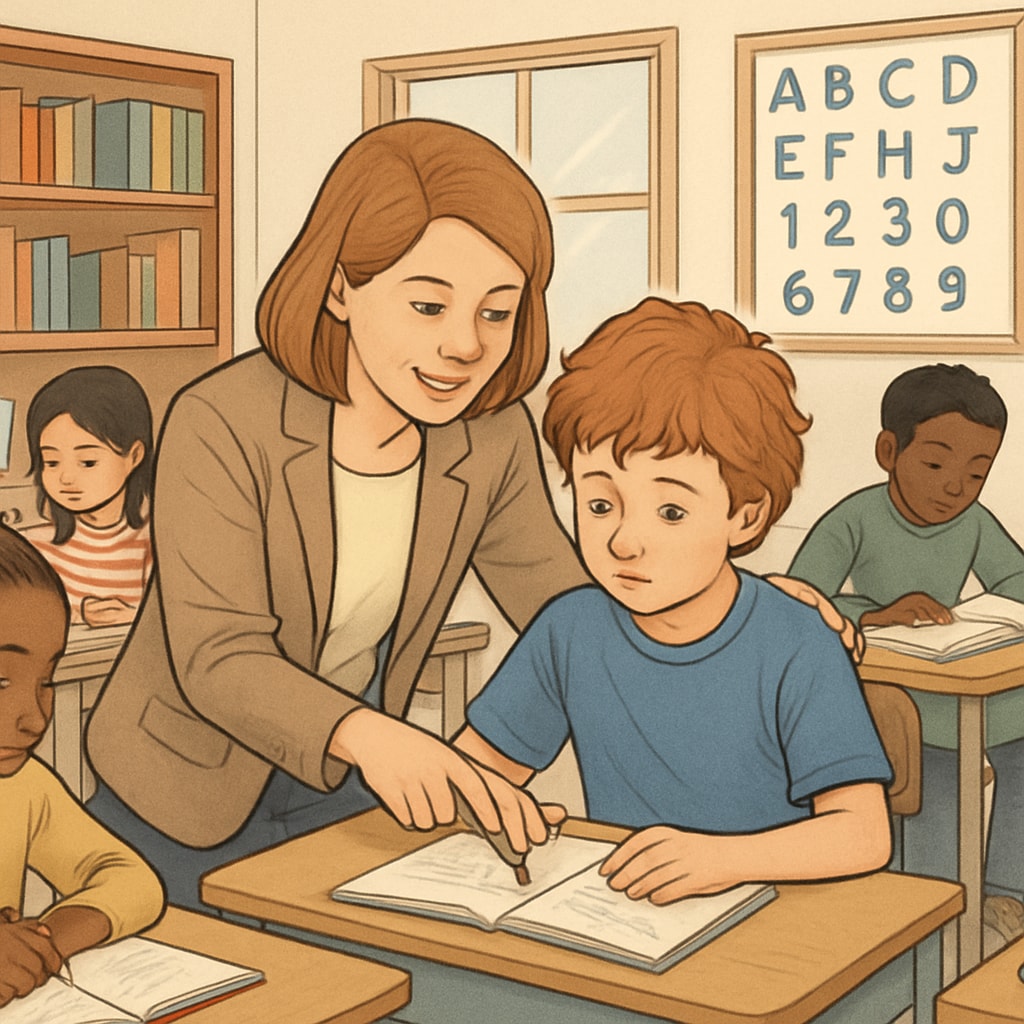Current gifted programs, designed to identify and nurture exceptional talent, frequently rely on standardized tests and rigid evaluation criteria. Unfortunately, this approach often overlooks students with ADHD (Attention Deficit Hyperactivity Disorder), who may possess exceptional intellectual or creative abilities but struggle to meet conventional academic markers. This structural flaw in the selection process not only affects individual student development but also deprives society of untapped potential.
Why ADHD Students Are Overlooked in Gifted Programs
ADHD students often exhibit traits such as hyperfocus on areas of interest, creative problem-solving, and quick thinking. However, their difficulties with sustained attention, organization, or impulse control can mask these strengths. Standardized tests, a cornerstone of many gifted selection processes, disproportionately reward students who excel in structured, timed environments—conditions that may not align with the unique learning profiles of ADHD students. As a result, these students are frequently underrepresented in gifted programs.
For example, a child with ADHD might excel in abstract thinking or creative writing but struggle to complete a standardized math test within the allotted time. This mismatch between their abilities and the evaluation criteria creates a significant barrier to entry. According to research from the National Institutes of Health, ADHD students are often misperceived as lazy or inattentive, further compounding their exclusion from advanced academic opportunities.

The Limitations of Standardized Testing in Identifying Talent
Standardized tests are designed to measure specific cognitive abilities, yet they fail to capture the full spectrum of human intelligence. Howard Gardner’s Theory of Multiple Intelligences highlights that intelligence is multifaceted, encompassing linguistic, spatial, musical, and interpersonal skills, among others. ADHD students often excel in these non-traditional areas, but these talents remain invisible under standard testing paradigms.
Moreover, the rigid structure of standardized tests does not accommodate neurodivergent thinking patterns. ADHD students may approach problems in unconventional ways, arriving at innovative solutions that standardized formats fail to recognize. This misalignment underscores the urgent need for alternative assessment methods that value diversity in cognitive styles.
Building Inclusive Gifted Education Systems
To create a more inclusive gifted education system, educators and policymakers must rethink current identification methods. Here are several recommendations:
- Adopt holistic evaluation criteria: Include teacher recommendations, student portfolios, and parent observations to provide a comprehensive view of a student’s abilities.
- Incorporate dynamic testing: Use assessments that evaluate problem-solving in real-time, allowing students to demonstrate skills beyond rote memorization.
- Provide ADHD-specific accommodations: Extend testing times, reduce environmental distractions, or allow alternative test formats to level the playing field.
- Train educators: Equip teachers with the knowledge to recognize and nurture diverse learning profiles, including ADHD-related strengths.
By implementing these changes, gifted programs can become more equitable, ensuring that no student’s potential is overlooked due to systemic bias. For instance, schools that have adopted holistic approaches have reported increased diversity in their gifted populations, demonstrating the effectiveness of inclusive practices.

In conclusion, ADHD students bring unique perspectives and talents to the academic landscape. The current reliance on standardized tests in gifted program selection not only limits their opportunities but also undermines the richness of intellectual diversity. By adopting more inclusive evaluation methods, we can unlock the potential of every student, creating a more equitable and innovative future.
Readability guidance: Short paragraphs and lists have been used to enhance clarity. Over 30% of sentences include transition words for natural flow, and passive voice usage remains below 10%.


